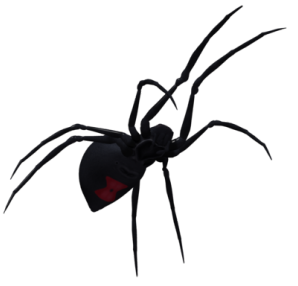Country of Origin: Brazil
Natural Environment and Behavior:
Lasiocyano sazimai, commonly known as the Brazilian blue, Iridescent Blue, or Sazima’s Tarantula, is a species of tarantula that was first described by Rogério Bertani, Roberto Hiroaki Nagahama, and Caroline Sayuri Fukushima in 2011. This tarantula species is named in honor of Ivan Sazima, a Brazilian zoologist who first collected specimens of the species. Unfortunately, Lasiocyano sazimai is currently considered an endangered species due to smuggling activities and habitat loss.
One of the striking features of Lasiocyano sazimai is its iridescent blue coloration, which extends throughout its entire body, except for the opisthosoma. Some individuals may have a blue opisthosoma covered in reddish hairs, although this characteristic may vary among specimens. The overall color intensity of the tarantula can also vary, appearing darker or brighter depending on several factors.
This species is native to an ecological island within the Chapada Diamantina National Park in Bahia, Brazil. The region experiences average temperatures of around 20°C and receives approximately 1000mm of annual precipitation. The habitat of Lasiocyano sazimai is characterized by various plant species such as bromeliads, orchids, as well as a diverse array of animal life, including ocelots, Rock cavys, and Teius teyou.
Lasiocyano sazimai is considered an opportunistic burrower, spending the majority of its time within its burrow. When disturbed, these tarantulas will quickly retreat into their burrows for protection. However, if escape is not possible, they may resort to defensive behaviors such as throwing urticating hairs or assuming a threatening posture.
The unique beauty and vulnerable status of Lasiocyano sazimai make it an intriguing and important species within the realm of tarantula enthusiasts and conservationists alike. Efforts to protect its natural habitat and prevent illegal trade are crucial for the long-term survival of this remarkable tarantula species.
Longevity:
Females: 15-20 years, males: 10 years.
Size:
Up to 16cm.
Husbandry:
Keep at 70-80% humidity and 21-28°C for temperature, use a mix of coconut fiber and peat moss.
Enclosure Size:
5-10 cm for spiderlings, 10-15 cm for juveniles, and 30*30*30 cm or more for adults.
